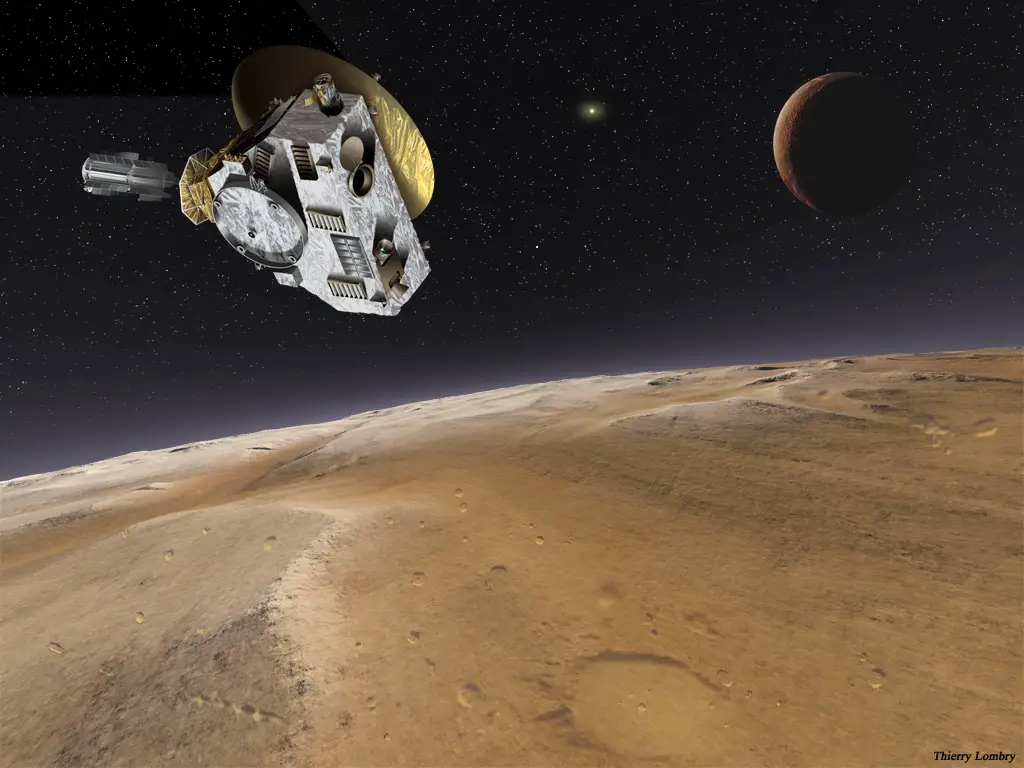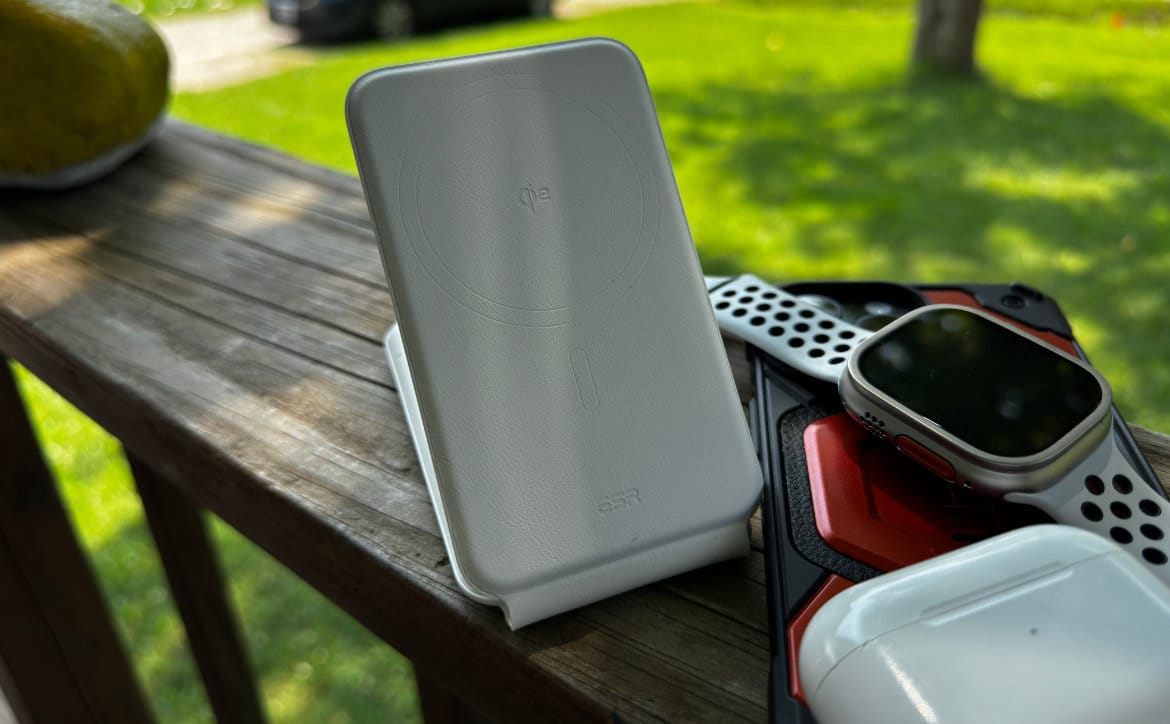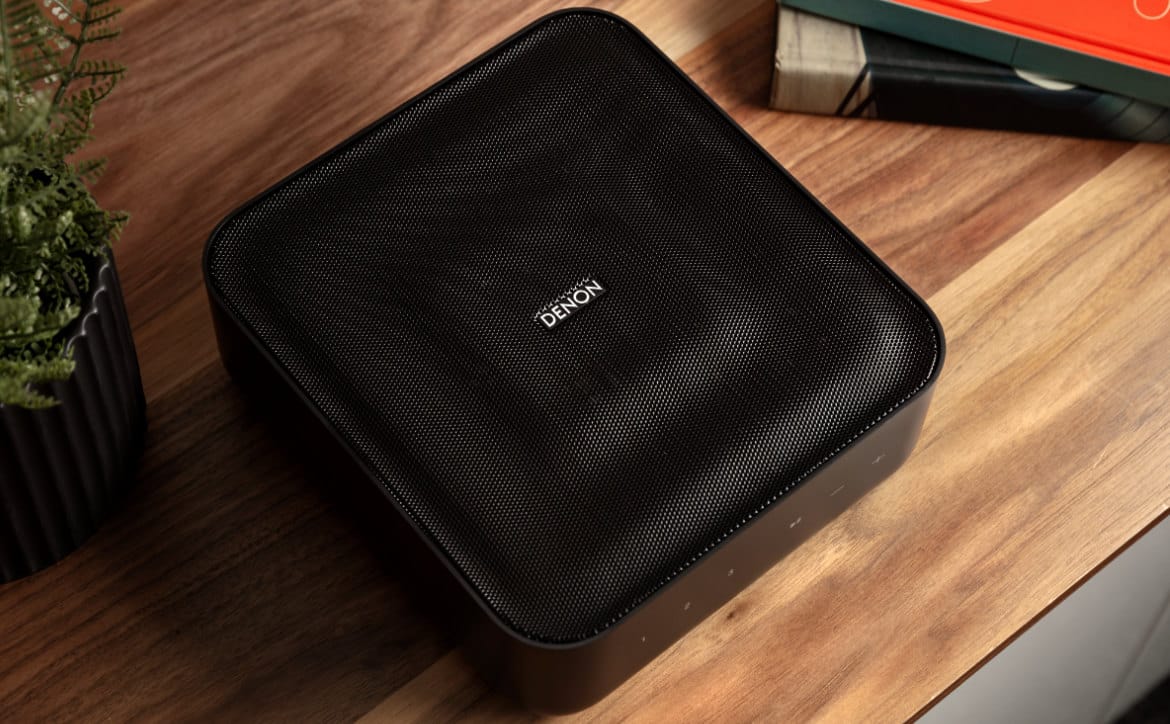On January 19th, 2006, approximately 9 years, 5 months, and 24 days ago, a little spacecraft called New Horizons launched off of Pad 41 at Cape Canaveral Air Force Station, in Florida. Traveling at 59,000kph/37,000mph, New Horizons was launched directly into solar escape trajectory. After all this time and in less than 12 hours, the spacecraft will reach its destination: Pluto.
For the first time in history, humanity will be at Pluto’s proverbial doorstep. New Horizons is scheduled to reach the dwarf planet at 7:53 ET, barring any unforeseen issues. NASA will be live streaming coverage beginning at 7:30 am ET, starting with the countdown, first contact, and then will be followed up with a briefing on the mission from 8 to 9 am ET.
The mission is part of NASA’s New Frontiers program with the spacecraft being built in a joint effort by the Applied Physics Laboratory (APL) and Southwest Research Institute. The piano-sized craft will get within 6,200 miles of Pluto at around 30,800 miles per hour. The primary objectives of the mission are:
- Map the surface of Pluto and its largest moon, Charon
- Characterize the geology and morphology of Pluto and Charon
- Characterize the neutral atmosphere of Pluto and its escape rate
- Search for an atmosphere around Charon
- Map surface temperatures on both Pluto and Charon
- Search for rings and additional satellites around Pluto
- Conduct similar investigations of one or more Kuiper Belt objects (the asteroid belt around the edge of the solar system)
With how small the spacecraft is and how quickly it is flying, the equipment will only have a few hours to collect as much information as it can. The feed that NASA will be streaming will be live as they receive it, but because of the limited time New Horizons has to collect information and the fact that it’s about 4.5 light hours away from Earth, the stream will have taken at least 4.5 hours to reach us. A key time in space exploration history, NASA’s mission team and the rest of the world will be eagerly awaiting any and all information New Horizons has to send over.
Will you be up watching history in the making? Let us know in the comments below, or on Google+, Twitter, or Facebook.
[button link=”http://www.businessinsider.com/how-to-watch-new-horizons-pluto-flyby-2015-7″ icon=”fa-external-link” side=”left” target=”blank” color=”285b5e” textcolor=”ffffff”]Source: BusinessInsider.com[/button] [button link=”https://en.wikipedia.org/wiki/New_Horizons#Launch” icon=”fa-external-link” side=”left” target=”blank” color=”285b5e” textcolor=”ffffff”]Source: Wikipedia.com[/button]Last Updated on November 27, 2018.










